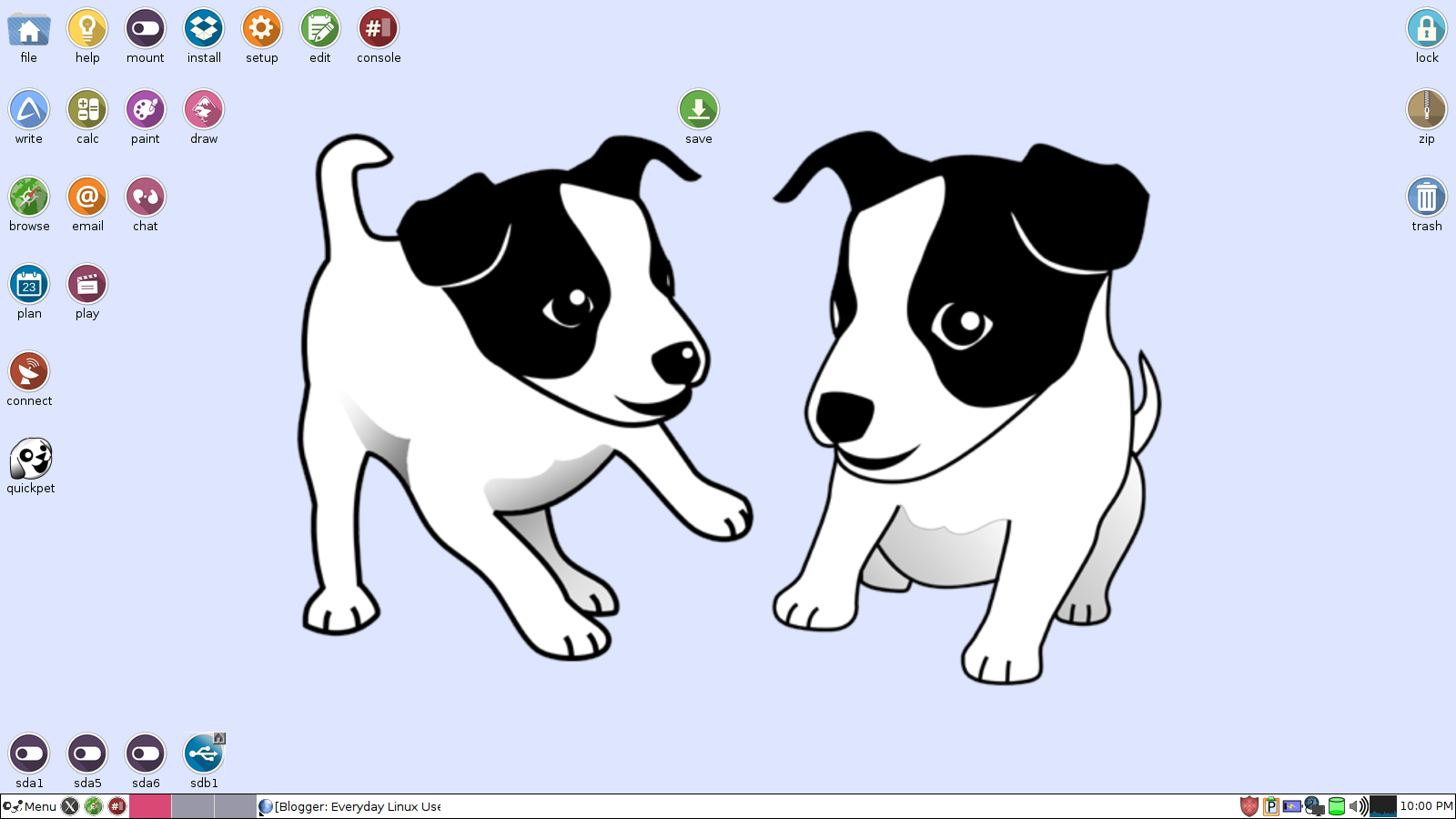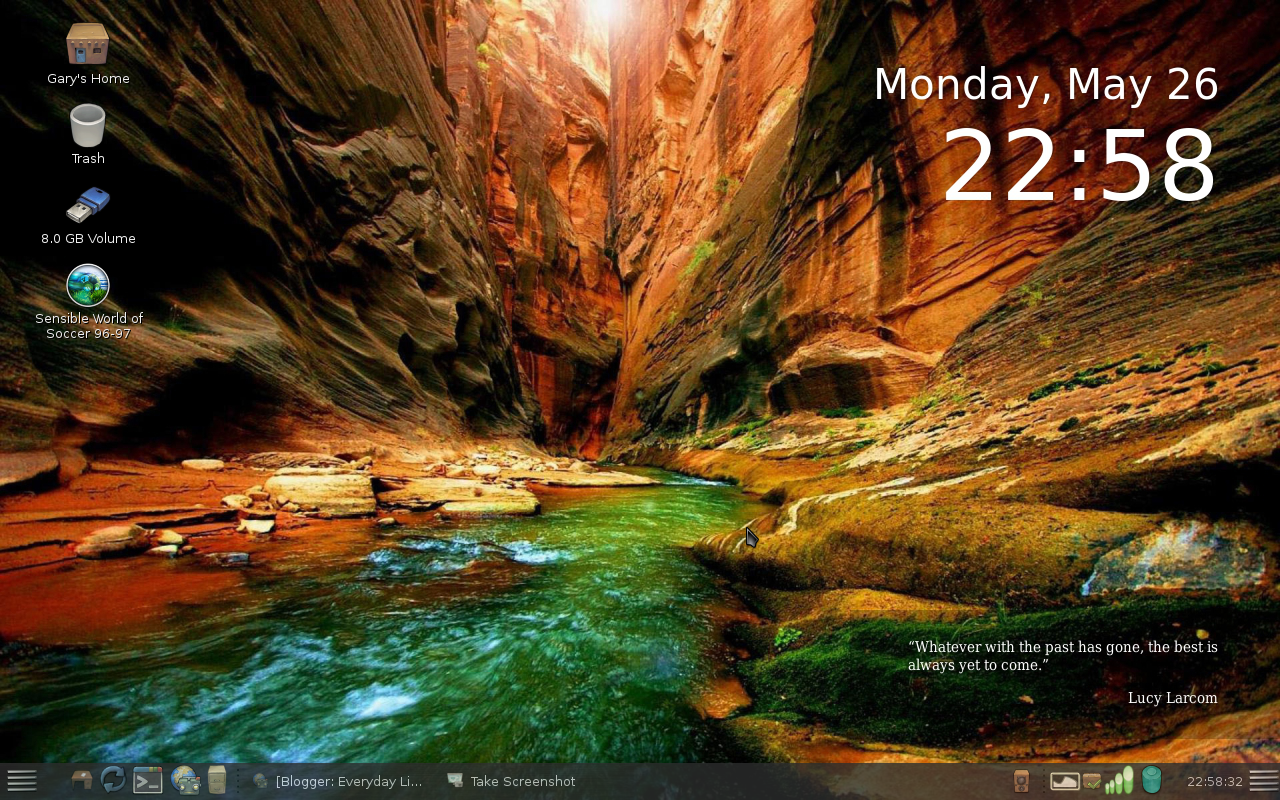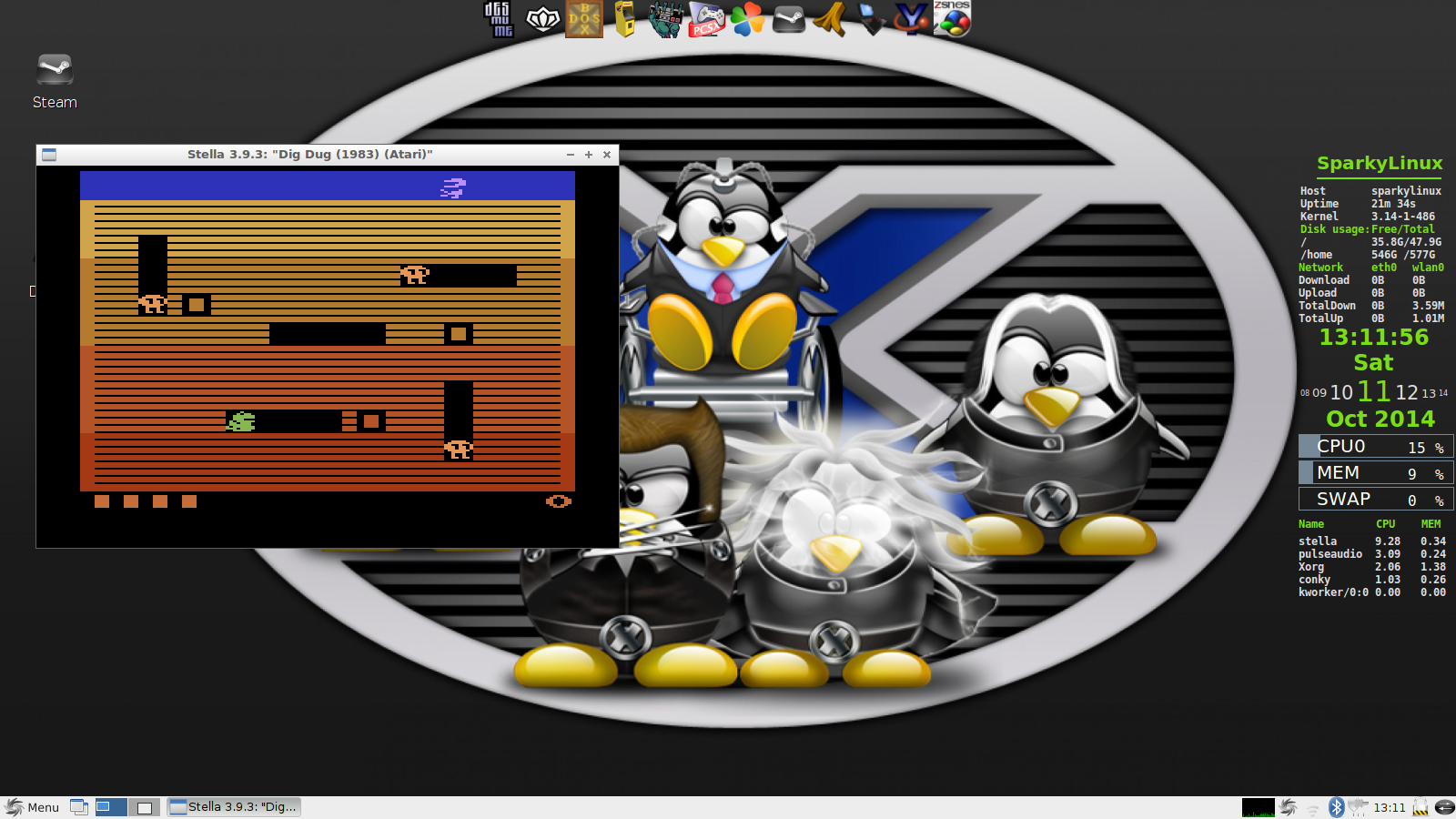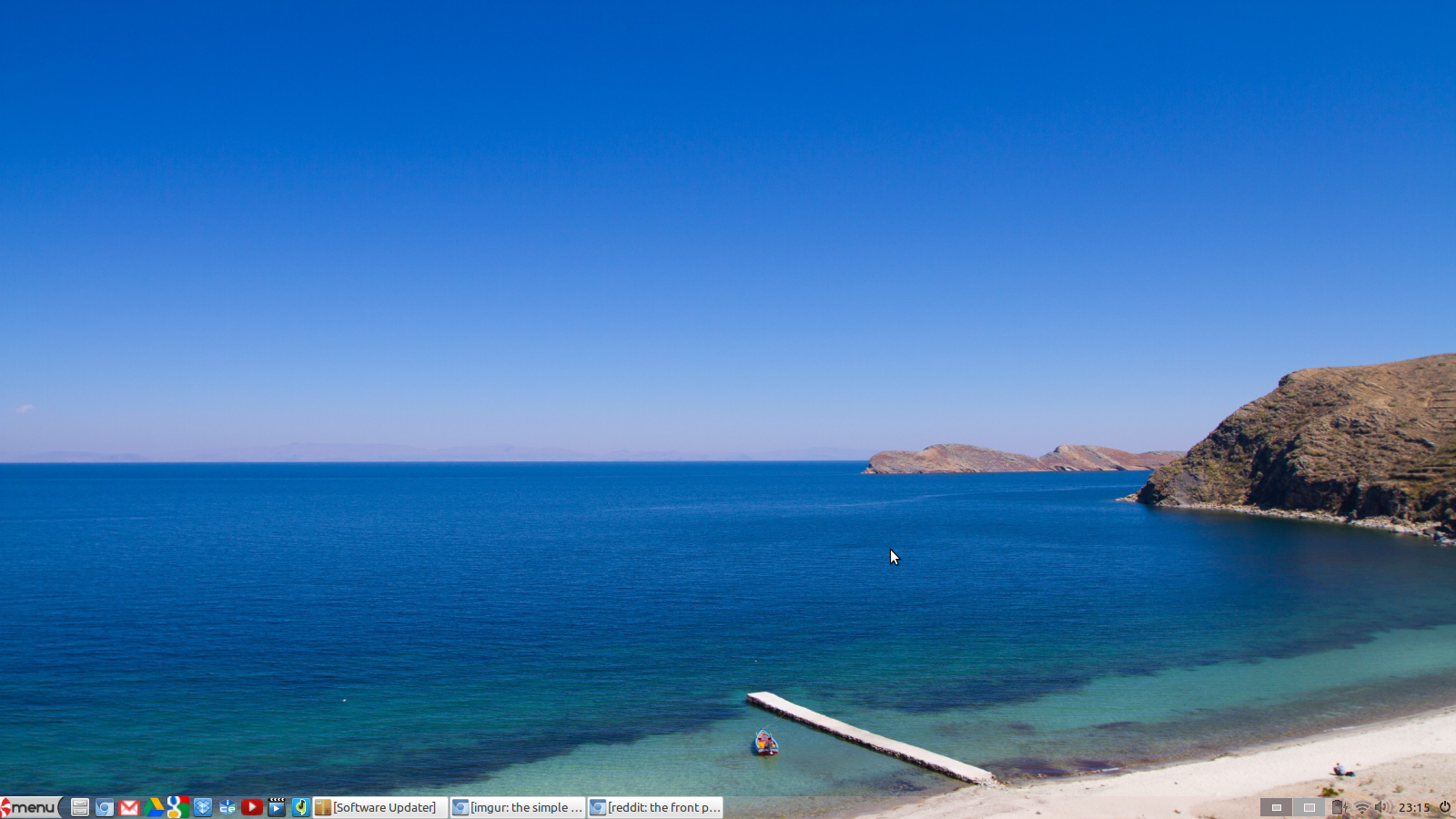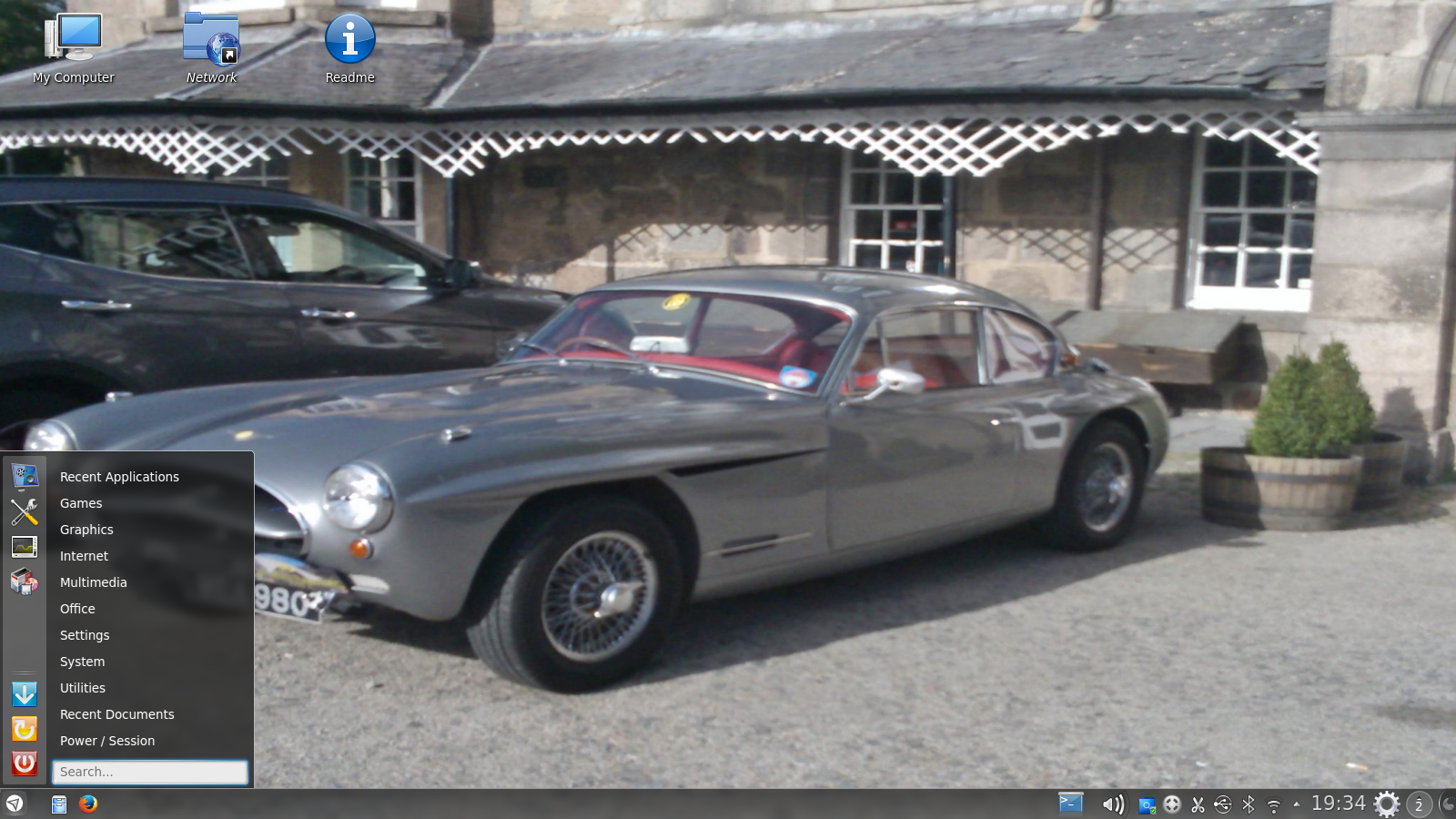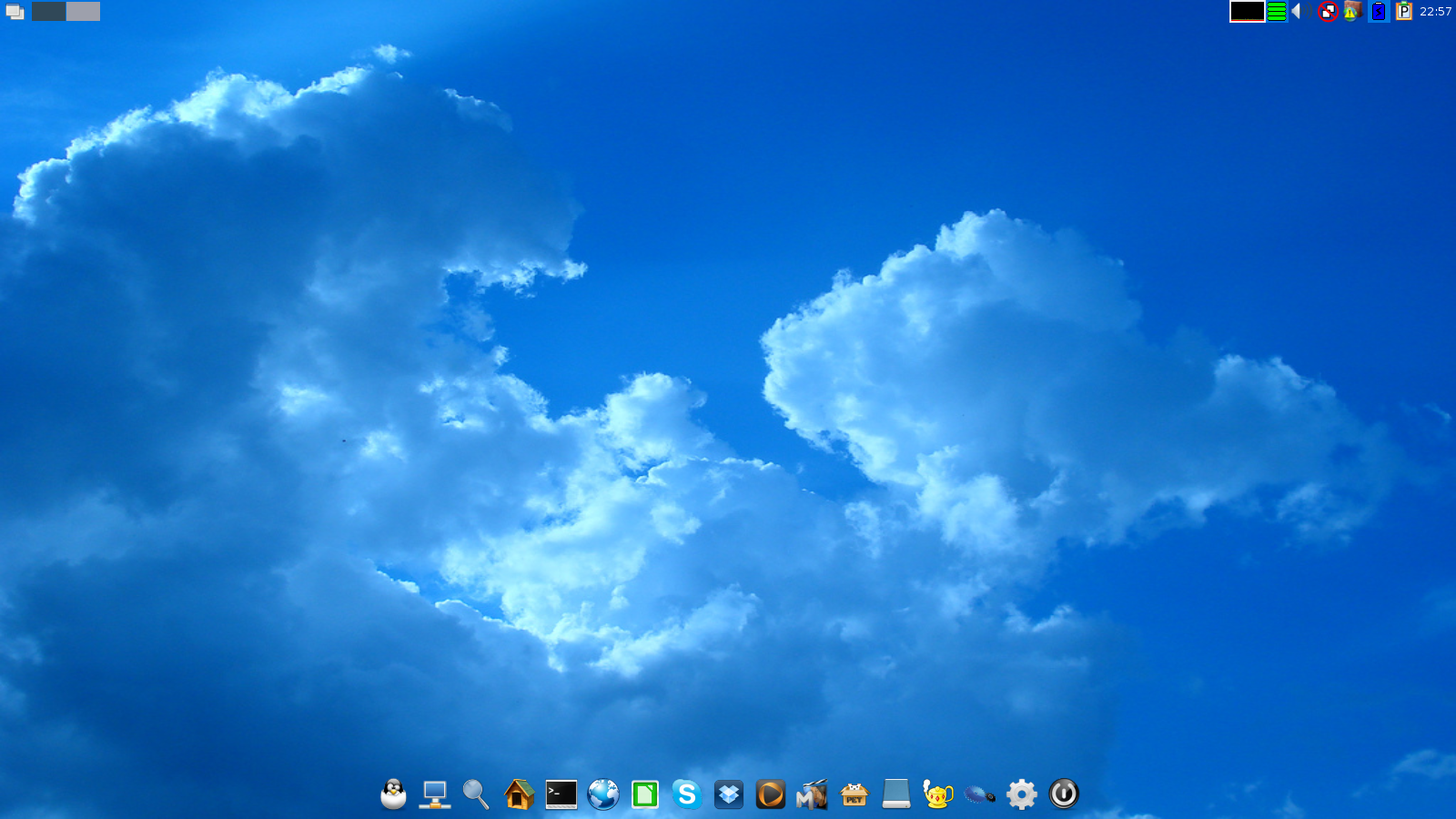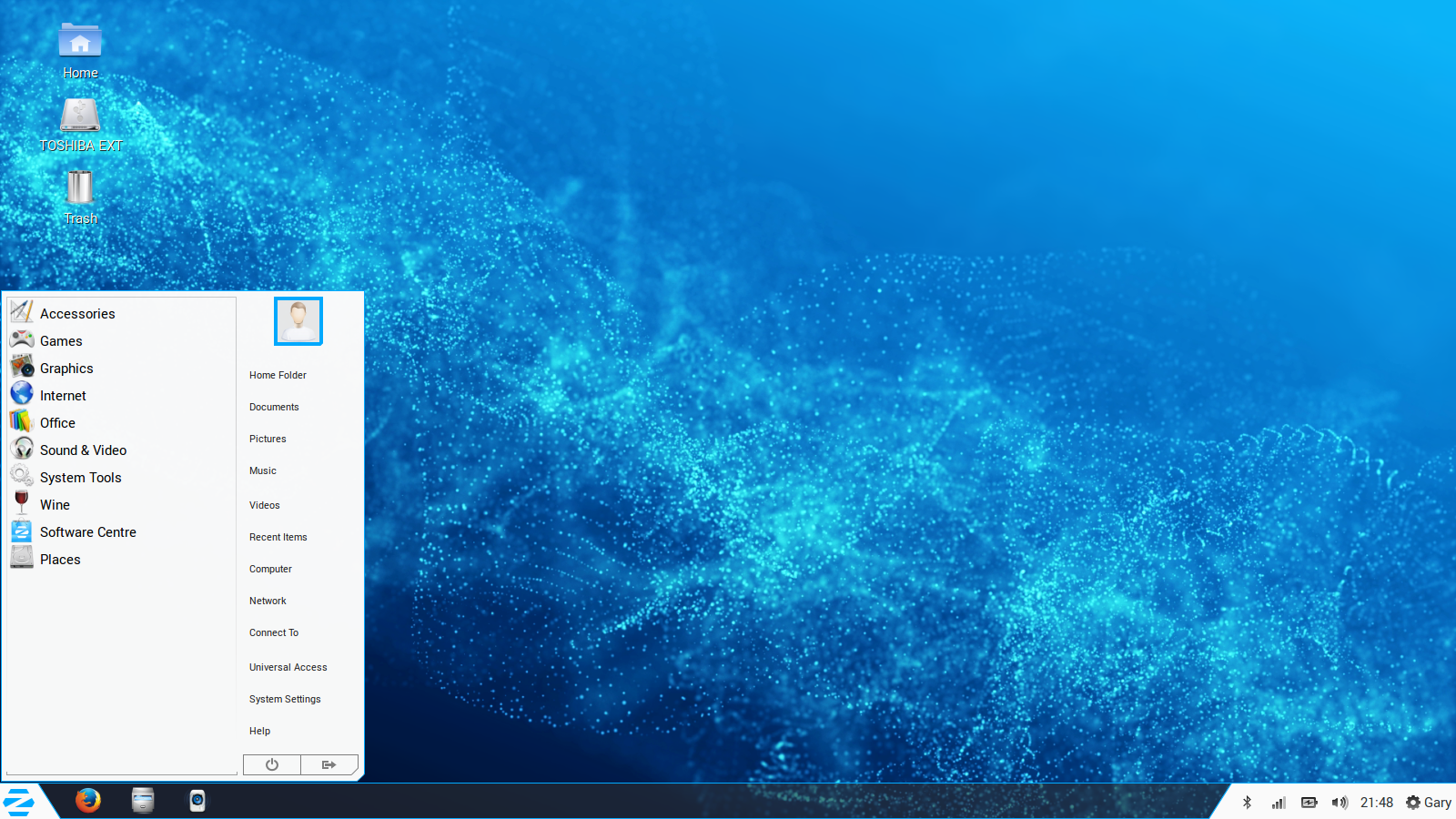Introduction
As the year draws to a close it is a good time to reflect on the good and bad of 2014.In this article I am going to list my favourite alternative Linux distributions of the year.
What constitutes as an alternative Linux distro? To define the alternative, we need to look at the mainstream distributions first.
I consider the mainstream distributions to be any of the following:
- Debian
- Ubuntu
- Linux Mint
- Fedora
- CentOS
- Arch
- Mageia
- openSUSE
- Gentoo
- Slackware
- A large number of users
- A large number of developers
- A large support base
- They are not derived from any other distribution
- Have their own software repositories
I would like to clarify that Ubuntu is deemed to include Ubuntu Gnome, Ubuntu MATE, Xubuntu, Lubuntu and Kubuntu which is why they don't make this list.
Whilst the list is numbered the Linux distributions are listed in no particular order.
1. Puppy Linux
There is a reason that Puppy Linux has its own category on this site (Look at the top menu).
Puppy Linux is unique in so many ways.
Packed into a download of less than 200 megabytes, Puppy Linux is designed to run from a pen drive.
The performance of this miniature distribution is incredible, even allowing for a slow USB 2.0 drive.
I recently reviewed the latest version of Tahr Puppy and I was really impressed by the Quickpet installer for installing common packages.
Puppy Linux is perfect for older hardware and for computers without hard drives.
Click here for a full review of Puppy Linux
Click here to get Puppy and install it to a USB drive
2. Makulu
I reviewed Makulu earlier in the year and my opinion is that if you are going to steer clear of the mainstream distributions then Makulu has to be a contender.
A lot of effort has gone into the look and feel of Makulu. There are a number of different desktop versions available but I chose to install the MATE version and to be honest it compares very well against Ubuntu MATE and Linux Mint MATE.
The themes for Makulu look particularly good and there are some nice cosmetic touches such as the quote of the day.
If you prefer a dash for choosing applications rather than a menu there is Slingscold.
Makulu comes with Thunderbird, Dropbox, Kingsoft Office, Audacious and VLC.
Makulu also comes with a good selection of games including Frets On Fire and Dreamchess. The Steam installer is also included.
There are two ways of installing applications within Makulu, the Linux Mint installer and Makulu's own Sofware Installer.
If you remember the artwork that use to come with Fuduntu and Point Linux then you will really like the artwork within Makulu.
Click here for a full review of Makulu
Click here for a guide showing how to install Makulu as a virtual machine within Windows
Click here for the full Makulu installation guide
3. SparkyLinux (Gameover Edition)
If you are looking for a Linux distribution dedicated to gaming then look no further than SparkyLinux Gameover Edition.
This distribution utilises the LXDE desktop environment keeping it lightweight in nature.
The best part about SparkyLinux is obviously the sheer library of applications that are installed.
SparkyLinux isn't all about games. There are applications for listening to music and watching videos as well as graphics editors. Dropbox is also installed as is the Transmission bittorrent client.
There are literally hundreds of games installed including Linux standards such as Battle For Wesnoth, SuperTuxKart and SuperTux. If you are into retrogaming there are some clones of classic games including breakout, lemmings and tetris.
The best part of SparkyLinux Gameover Edition is the games emulators. Whether you want to emulate a SEGA, Nintendo, Sony or Atari games system everything you need is included within SparkyLinux Gameover Edition.
Click here for a full review of SparkyLinux Gameover Edition
Click here for a SparkyLinux installation guide
4. Peppermint OS
Peppermint OS provides a great fusion between a desktop Linux distribution and a web kiosk.
LXDE is the default desktop within Peppermint. The applications are kept to a minimum including Gnome MPlayer, Guayadeque Audio Player, a text editor, file manager, web browser, terminal application and screenshot tool.
The main feature of Peppermint is the ICE editor which enables you to incorporate web applications into the desktop.
In my review of Peppermint OS 4 I showed you how to make Peppermint OS look like a Google Chromebook and to be honest if you have a mid range laptop and you mainly use web applications you could easily utilise the laptop in this way.
Click here for a full review of Peppermint OS
Click here for a Peppermint OS installation guide
5. Netrunner
There are a lot of people who like Ubuntu. There are a lot of people who don't. There are many people who like most of the things Ubuntu has to offer but prefer to use an alternative desktop environment such as KDE desktop.
Netrunner takes everything that is good about Kubuntu and adds a little extra value.
Installing Netrunner is easy, with a linear approach showing you all the steps required to get from point A (from a live distribution) to point Z (a fully installed system).
The added value comes mainly in the form of extra applications.
Click here for a full review (including installation guide) of Netrunner
6. Simplicity Linux
Earlier on in this article I sang the praises of Puppy Linux.
Simplicity Linux is based on the Slacko version of Puppy which gives you access to the Slackware repositories for installing applications that are not installed by default.
There are three versions available:
- Minimal
- Netbook
- Full
Click here for a full review of Simplicity Linux
7. Zorin
As with most products a solution survives either by being the best, being the cheapest or by having a unique selling point.
Trying to be the cheapest in realms of free software is a little bit hard to achieve and being the best is largely subjective and virtually impossible to achieve unless you have a huge developer base.
The survival of the alternative distributions is therefore achieved by having a unique selling point.
Zorin OS goes for the glitz and sex appeal of the desktop and is not afraid to include all the desktop effects that are provided with Compiz.
Zorin's USP however is the look changer which enables the user to switch between a Windows look, a Gnome 2 look and even an OSX look.
Click here for a full review of Zorin OS
Click here for a ZorinOS installation guide
Summary
I am sure there are other alternative distributions that you would have included as part of this list. Feel free to add them by using the comments section below.Thankyou for reading.

